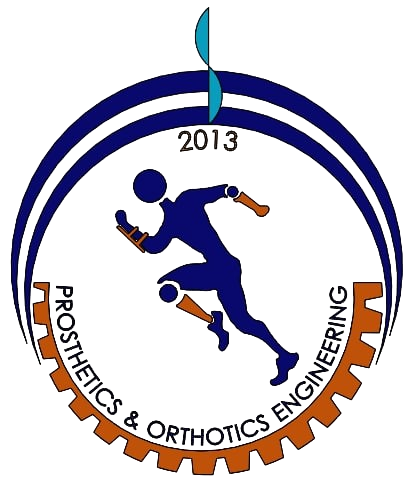Visitors: 28522173 Views
Done By: Department of Prosthetics and Orthotics Engineering
Post Date: 2024-04-25
Last Browse: 2025-09-13

Selected Graduated Outcomes GO-1: An ability to identify, formulate, and solve complex engineering problems by applying principles of engineering, science, and mathematics. GO-2: An ability to apply engineering design to produce solutions that meet specified needs with consideration of public health, safety, and welfare, as well as global, cultural, social, environmental, and economic factors. GO-3: An ability to communicate effectively with a range of audiences. GO-4: An ability to recognize ethical and professional responsibilities in engineering situations and make informed judgments, which must consider the impact of engineering solutions in global economic, environmental, and social contexts. GO-5: An ability to function effectively on a team whose members together provide leadership, create a collaborative and inclusive environment, establish goals, plan tasks, and meet objectives. GO-6: An ability to develop and conduct appropriate experimentation, analyze, and interpret data, and use engineering judgment to draw conclusions. GO-7: An ability to acquire and apply new knowledge as needed, using appropriate learning strategies Program Educational Objectives (PEOs): Based on the missions of Al-Nahrain University and the College of Engineering, the graduate of the B.Sc. program in Prosthestics and Orthotics Engineering will be able to: PEO-1: Use science, mathematics, computational thinking, and mechanical engineering ideas, such as design theory, experimental techniques, and production, to solve practical problems associated with the design, improvement, manufacture, and maintenance of mechanical systems. PEO-2: Practice strong critical thinking, innovation, and problem-solving skills in order to pursue a successful career while demonstrating adherence to the professional codes of conduct and professional accountability. PEO-3: Use effective communication skills and participate in multidisciplinary partnerships to demonstrate professional progress and leadership, demonstrate an appreciation and use of modern technological capabilities, and foster collaborative efforts among coworkers and other institutions. PEO-4: Work independently and in multidisciplinary teams to efficiently attain personal and organizational objectives, produce a product or construction that meets a social need, and contribute to teaching persons in the field while maintaining the ethical and environmental context of their work PEO-5: Engage in lifelong learning and career growth while maintaining professional standards and pursuing further education in the form of graduate and professional studies. PEO-6: Identify opportunities to contribute to the development of community life from a variety of positions, ranging from designing and producing modern devices and introducing cost-effective methods in production